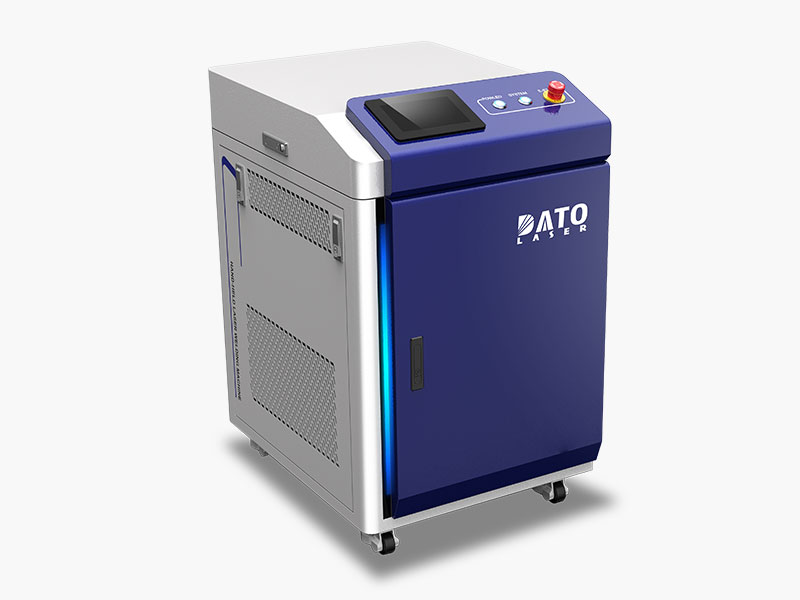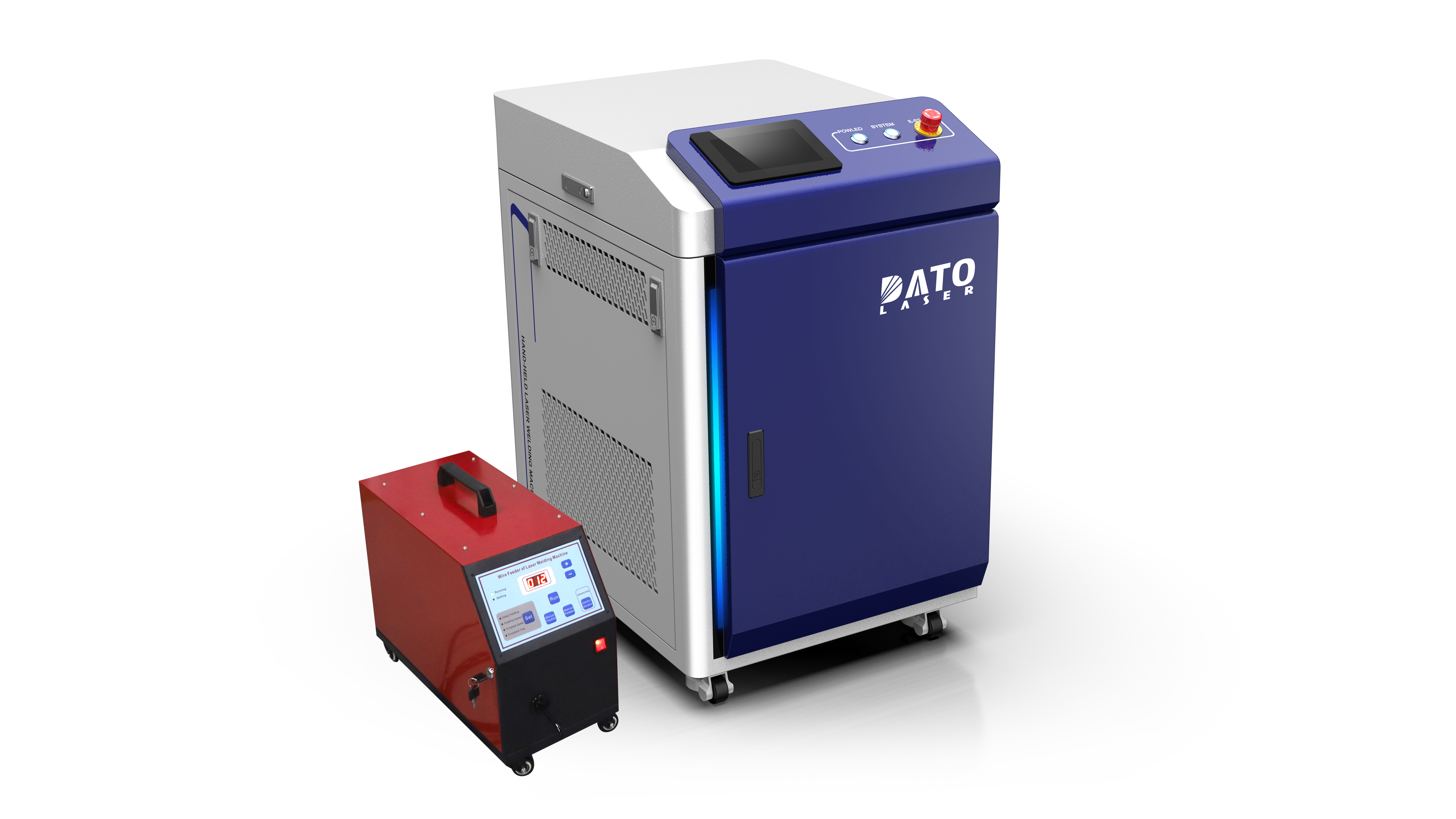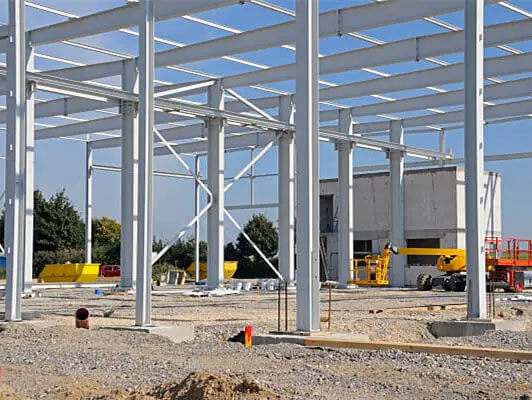Finding the Right Power: A Guide to Selecting Your Laser Welder

Choosing the correct laser welder for your specific needs can feel like navigating a complex maze. At Dato and Leapion, we understand that the power of your laser welding machine is a critical factor in achieving precise, high-quality welds. Whether you're working with delicate jewelry or robust industrial components, the right wattage is essential. This guide will help you understand the key elements of laser power, how to calculate your needs, and what to consider when making your investment.
Understanding Laser Power Specifications
Before we dive into the specifics, let's clarify what we mean by "laser power." In the context of laser welding, power is typically measured in watts (W). This measurement indicates the amount of energy the laser can deliver per second. It's a crucial factor that directly influences the welding speed, depth of penetration, and the range of materials you can effectively weld.
Laser Power Output: This is the actual power delivered by the laser source. It's not just about the maximum power a machine can produce, but also how consistently it can deliver that power. A stable, consistent power output is vital for repeatable, high-quality welds.
Peak Power vs. Average Power: Some laser welders, particularly pulsed lasers, have a peak power output that is much higher than their average power. Peak power is the maximum power delivered during a pulse, while average power is the average power over a period of time. Understanding the difference is important for specific applications.
Beam Quality: While not directly a power specification, beam quality significantly impacts how efficiently the laser power is used. A high-quality beam will focus more tightly, leading to more precise and effective welding.
The Importance of Welding Machine Wattage
The wattage of your laser welding machine is the primary determinant of its capabilities. A higher wattage machine can generally weld thicker materials, achieve deeper penetration, and operate at faster speeds. However, more power isn't always better. It's essential to match the machine's wattage to the specific requirements of your application.
Low-Wattage Laser Welders (e.g., 100-300W): These are ideal for delicate work, such as jewelry making, small electronics, and thin sheet metal. They offer excellent precision and control, minimizing heat-affected zones and distortion.
Mid-Range Laser Welders (e.g., 300-1000W): These are versatile machines suitable for a wide range of applications, including automotive parts, medical devices, and general fabrication. They offer a good balance between power, speed, and precision.
High-Wattage Laser Welders (e.g., 1000W+): These are designed for heavy-duty industrial applications, such as shipbuilding, aerospace, and large-scale manufacturing. They can weld thick materials at high speeds, but require more sophisticated control systems.
Laser Power Calculator: Estimating Your Needs
While there isn't a single, universal laser power calculator, you can estimate your power requirements by considering several factors:
Material Type: Different materials absorb laser energy differently. For example, highly reflective materials like aluminum and copper require more power than materials like steel.
Material Thickness: Thicker materials require more laser power to achieve sufficient penetration. As a general rule, the required power increases proportionally with material thickness.
Welding Speed: Faster welding speeds require more power to ensure a consistent and complete weld.
Desired Weld Depth: Deeper welds require more laser energy and therefore more power.
Joint Type: Different joint types (e.g., butt, lap, fillet) may require different power settings.
General Estimation:
Thin Materials (0.5mm - 1mm): 100-300W
Medium Materials (1mm - 3mm): 300-700W
Thick Materials (3mm+): 700W+
Example: If you're welding 2mm thick stainless steel, a laser welder in the 300-700W range would likely be appropriate. However, if you're welding 5mm thick aluminum, you'll need a higher-powered machine, potentially 1000W or more.
Consulting with Experts: It's always best to consult with laser welding experts, like the team at Dato and Leapion, to get a more precise estimate based on your specific requirements. We can perform sample welds and provide detailed recommendations.
Power Requirements for Laser Welding: Beyond the Wattage
While wattage is a primary consideration, other power-related aspects are crucial for successful laser welding:
Power Stability: Fluctuations in power output can lead to inconsistent weld quality. A stable power supply is essential for reliable results.
Power Control: The ability to precisely control the laser power is vital for achieving the desired weld characteristics. This includes adjusting the power level, pulse duration, and frequency.
Power Efficiency: An efficient laser welding system will convert more electrical energy into laser energy, reducing operating costs and environmental impact.
Electrical Requirements: Ensure your facility has the necessary electrical infrastructure to support the laser welding machine. This includes voltage, amperage, and phase requirements.
Laser Energy Specifications: The Key to Precise Welding
Laser energy, measured in joules (J), is the total amount of energy delivered by the laser. It's related to power, but also takes into account the duration of the laser pulse. Understanding laser energy specifications is crucial for fine-tuning your welding process.
Pulse Energy: For pulsed laser welders, pulse energy is the amount of energy delivered in a single pulse. It's a key factor in determining the weld penetration and heat-affected zone.
Energy Density: This is the amount of energy concentrated in a specific area. Higher energy density leads to deeper penetration and faster welding speeds.
Energy Control: Precise control over laser energy is essential for achieving consistent and high-quality welds. This includes adjusting the pulse energy, pulse duration, and pulse frequency.
Dato and Leapion: Your Partner in Laser Welding Solutions
At Dato and Leapion, we are committed to providing our customers with the best laser welding solutions. Our extensive range of laser welding machines, from low-wattage precision welders to high-power industrial systems, ensures we have the right machine for your specific needs.
Our Expertise: With over 15 years of experience in the laser industry, we have the knowledge and expertise to guide you through the selection process. Our team of engineers and technicians can help you determine the optimal laser power for your applications.
Our Technology: We utilize the latest laser technology to ensure our machines deliver consistent, reliable, and high-quality performance. Our machines are designed for ease of use, precision, and efficiency.
Our Support: We provide comprehensive support to our customers, including installation, training, and ongoing maintenance. We are dedicated to ensuring your success with our laser welding solutions.
Key Considerations When Choosing a Laser Welder
When selecting a laser welding machine, consider these additional factors:
Material Compatibility: Ensure the machine is compatible with the materials you intend to weld.
Welding Speed: Choose a machine that can meet your production requirements.
Precision and Control: Look for a machine that offers precise control over the welding process.
Ease of Use: A user-friendly interface can simplify operation and reduce training time.
Safety Features: Ensure the machine has adequate safety features to protect operators.
Cost: Consider the initial investment, operating costs, and maintenance costs.
Manufacturer Reputation: Choose a reputable manufacturer with a proven track record of quality and reliability.
Conclusion: Making the Right Choice
Selecting the right laser welder power is crucial for achieving high-quality, efficient, and reliable welds. By understanding the key concepts of laser power, wattage, energy, and the specific requirements of your application, you can make an informed decision.
At Dato and Leapion, we are here to help you every step of the way. Contact us today to discuss your laser welding needs and let our experts guide you towards the perfect solution. We are dedicated to providing you with the best laser technology and support to ensure your success.
Related Blogs
-
 Exploring the Safety, Precision, and Industrial Benefits of Laser Surface CleaningIn today’s fast-paced industrial world, where quality, efficiency, and sustainability are top priorities, manufacturers are constantly seeking better ways to clean metal surfaces without compromising material integrityBlog
Exploring the Safety, Precision, and Industrial Benefits of Laser Surface CleaningIn today’s fast-paced industrial world, where quality, efficiency, and sustainability are top priorities, manufacturers are constantly seeking better ways to clean metal surfaces without compromising material integrityBlog -
 A Complete Guide by DATO and LeapionIn modern industry, surface preparation and maintenance play a crucial role in achieving high-quality manufacturing results. Laser cleaning machines have emerged as one of the most innovative, efficient, and environmentally friendly tools for removing contaminantsBlog
A Complete Guide by DATO and LeapionIn modern industry, surface preparation and maintenance play a crucial role in achieving high-quality manufacturing results. Laser cleaning machines have emerged as one of the most innovative, efficient, and environmentally friendly tools for removing contaminantsBlog -
 Laser cleaning machines are revolutionizing industrial surface cleaning by offering a faster, safer, and more eco-friendly alternative to traditional methods. Whether removing rust, paint, oil, oxide, or other surface contaminants, laser cleaning has become a cutting-edge solution in manufacturing,Blog
Laser cleaning machines are revolutionizing industrial surface cleaning by offering a faster, safer, and more eco-friendly alternative to traditional methods. Whether removing rust, paint, oil, oxide, or other surface contaminants, laser cleaning has become a cutting-edge solution in manufacturing,Blog -
 Introduction: Transforming EV Battery Manufacturing Through Laser TechnologyThe electric vehicle revolution has accelerated dramatically over the past decade, bringing with it unprecedented challenges and opportunities in battery manufacturing. As global automakers commit billions to electrificationBlog
Introduction: Transforming EV Battery Manufacturing Through Laser TechnologyThe electric vehicle revolution has accelerated dramatically over the past decade, bringing with it unprecedented challenges and opportunities in battery manufacturing. As global automakers commit billions to electrificationBlog















